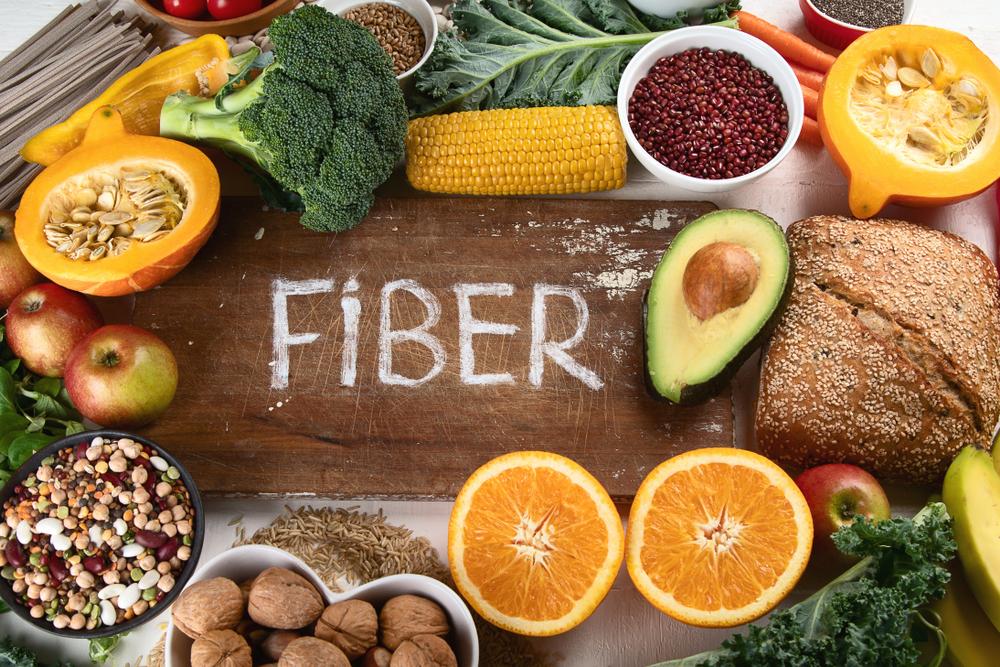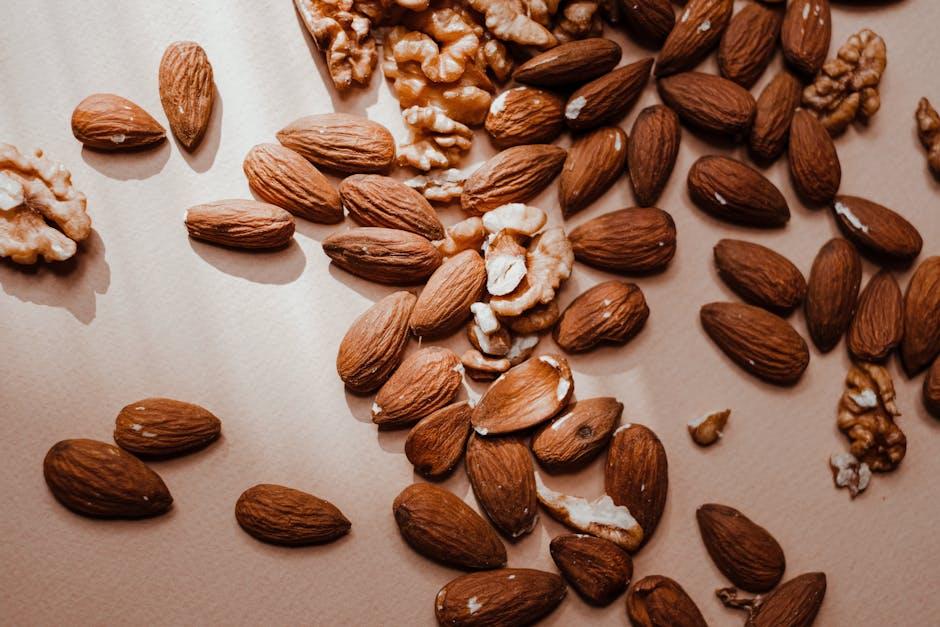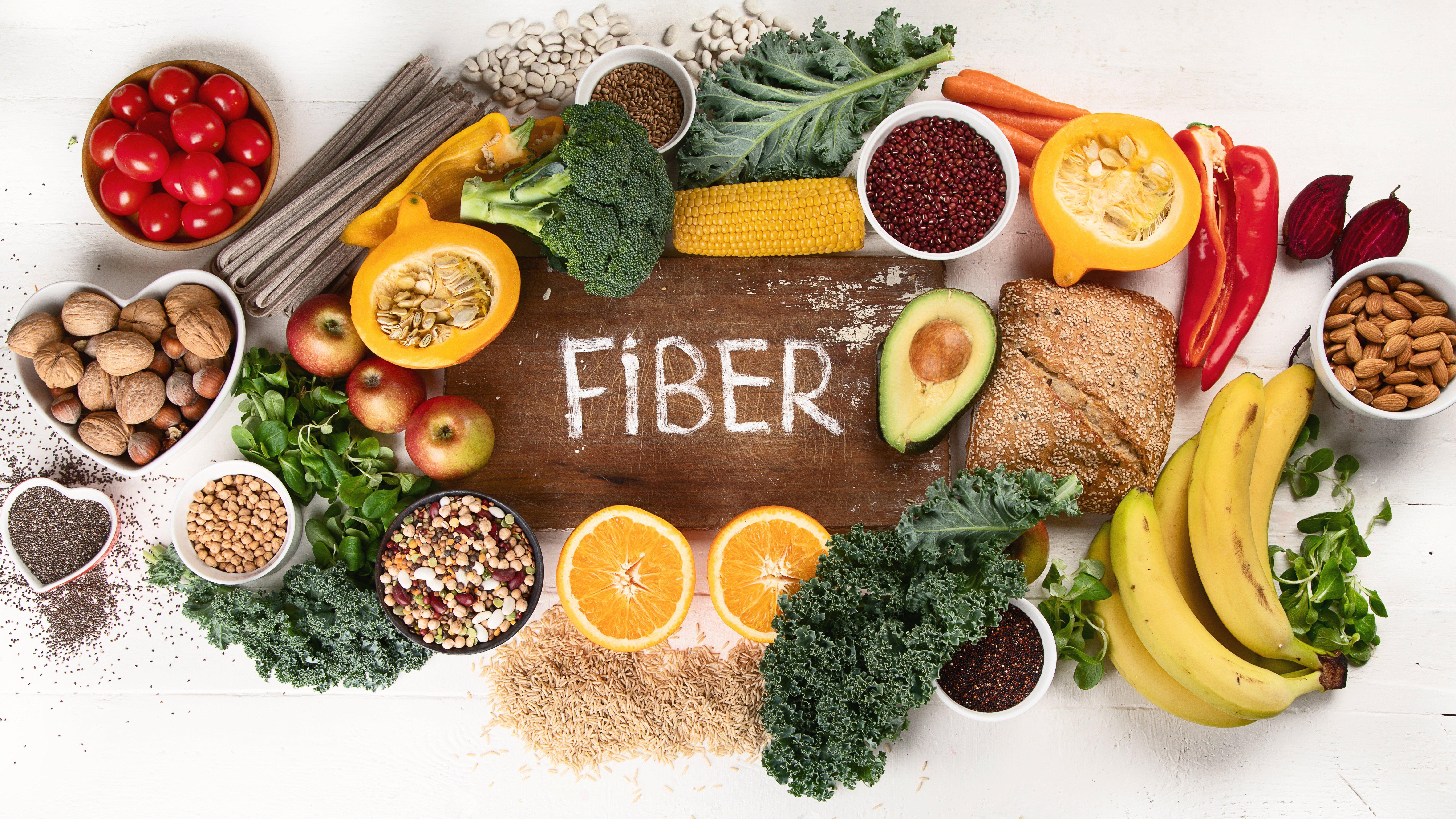In a world where the next meal often seems just around the corner, the quest to stay satiated has never been more relevant. Enter high-fiber foods, nature’s secret weapon against the rumbling stomach. These nutritional powerhouses not only help curb hunger pangs but also promote a host of other health benefits. As we delve into the art of staying full longer, discover how incorporating high-fiber foods into your diet can transform your approach to eating, making each meal a satisfying experience that lasts. Join us on this culinary journey, where fullness meets wellness, and explore the simple yet profound impact of fiber on your daily life.
Harness the Power of Fiber to Curb Hunger
Incorporating high-fiber foods into your diet is a savvy strategy to help keep hunger at bay. These foods work wonders by slowing digestion, ensuring a gradual release of energy and keeping you feeling satisfied for longer. Fiber-rich foods are not just about curbing hunger; they also contribute to a well-rounded and balanced diet. By making a few simple changes, you can significantly enhance your nutritional intake and manage your appetite more effectively.
Consider adding these fiber-packed options to your meals:
- Whole grains like oats, quinoa, and brown rice offer a hearty base for any meal.
- Legumes such as lentils, chickpeas, and black beans are excellent sources of both fiber and protein.
- Fruits and vegetables like apples, berries, carrots, and broccoli are naturally high in fiber and essential nutrients.
- Nuts and seeds, including almonds, chia seeds, and flaxseeds, provide a crunchy texture and a fiber boost.
By embracing these foods, you not only enhance your dietary fiber intake but also enjoy a wide array of flavors and textures, making meals both nutritious and satisfying.

Explore Fiber-Rich Foods for Lasting Fullness
Unveiling the secret to keeping hunger at bay lies in the vibrant world of high-fiber foods. These nutritional powerhouses not only enhance digestive health but also offer a satisfying sense of fullness that lasts. Consider adding a variety of fiber-rich options to your meals:
- Legumes: Lentils, chickpeas, and black beans are not only rich in fiber but also packed with protein, making them a perfect addition to soups and salads.
- Whole Grains: Swap refined grains for whole grains like quinoa, brown rice, and oatmeal, which provide a hearty dose of fiber and help stabilize blood sugar levels.
- Fruits: Enjoy the natural sweetness of apples, pears, and berries. These fruits are high in soluble fiber, which slows digestion and prolongs feelings of satiety.
- Vegetables: Don’t forget the leafy greens! Kale, spinach, and broccoli are excellent sources of fiber, vitamins, and minerals, making them a staple for any balanced diet.
- Nuts and Seeds: Almonds, chia seeds, and flaxseeds offer a crunchy texture and a healthy dose of fiber, perfect for snacking or adding to yogurt and smoothies.
Incorporating these foods into your daily routine can lead to more consistent energy levels and help curb the urge to snack between meals. Embrace the abundance of flavors and textures that high-fiber foods bring, and experience the lasting fullness they provide.

Practical Tips for Integrating Fiber into Your Diet
Boosting your fiber intake doesn’t have to be a daunting task. Here are some practical tips to seamlessly integrate more fiber into your daily meals. Start your day with a high-fiber breakfast by opting for whole grain cereals or oatmeal. Adding fresh fruit like berries or sliced bananas can enhance both the flavor and fiber content. When it comes to snacks, choose options like nuts, seeds, or raw veggies with hummus, as they are not only rich in fiber but also satisfying.
Incorporate more legumes into your diet by preparing dishes like lentil soup, chickpea salad, or black bean tacos. When shopping, choose whole grain bread, pasta, and rice instead of their refined counterparts. Remember to gradually increase your fiber intake and drink plenty of water to aid digestion. Here are some easy swaps you can make:
- Swap white rice with quinoa or brown rice.
- Replace regular pasta with whole grain or legume-based pasta.
- Choose fruits like apples, pears, and oranges instead of fruit juices.
- Opt for snacks like popcorn or trail mix over chips.

Understand the Science Behind Fiber and Satiety
Fiber plays a crucial role in how our bodies perceive fullness, thanks to its unique properties and interaction with our digestive system. Dietary fiber, found in plant-based foods, is categorized into two main types: soluble and insoluble. Soluble fiber, which dissolves in water, forms a gel-like substance in the stomach, slowing down digestion and promoting a prolonged feeling of fullness. On the other hand, insoluble fiber adds bulk to the stool and speeds up the passage of food through the digestive tract, which helps regulate bowel movements and can also contribute to a feeling of satiety.
The impact of fiber on satiety goes beyond its physical properties. When fiber-rich foods are consumed, they typically require more chewing, which enhances the feeling of fullness and satisfaction. Additionally, fiber can influence the release of satiety hormones such as peptide YY and cholecystokinin, which signal to the brain that you are full. Here are some high-fiber foods that can help you stay satisfied longer:
- Whole grains: Brown rice, quinoa, and whole wheat bread are excellent sources of fiber.
- Fruits: Apples, pears, and berries provide both fiber and natural sweetness.
- Vegetables: Leafy greens, carrots, and broccoli are fiber-rich and nutrient-dense.
- Legumes: Lentils, beans, and chickpeas are packed with fiber and protein.
- Nuts and seeds: Almonds, chia seeds, and flaxseeds offer a crunchy, fiber-filled snack.
Future Outlook
As we conclude our exploration of the satiating world of high-fiber foods, it’s clear that these nutritional powerhouses are more than just a dietary addition—they’re a gateway to sustained energy and well-being. By embracing a diet rich in fiber, you’re not only nurturing your body but also paving the way for a more balanced and fulfilling lifestyle. Whether it’s the hearty crunch of whole grains, the vibrant colors of fresh vegetables, or the sweet satisfaction of fruits, each bite brings you closer to mastering the art of staying full longer. So, as you embark on this fiber-filled journey, remember that every meal is an opportunity to nourish not just your hunger, but your entire being. Here’s to a future where feeling full is not just a fleeting moment, but a lasting, healthful reality.


































